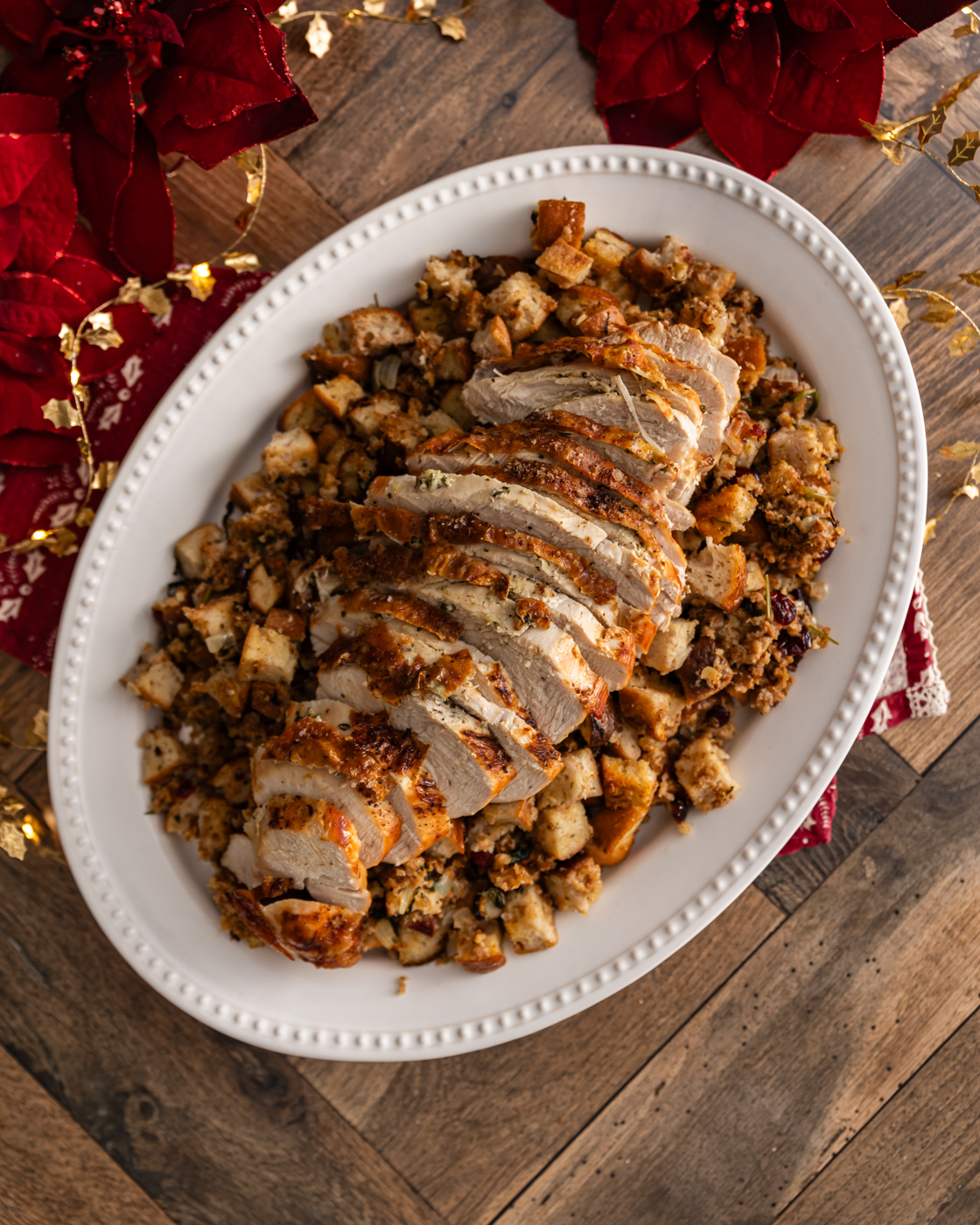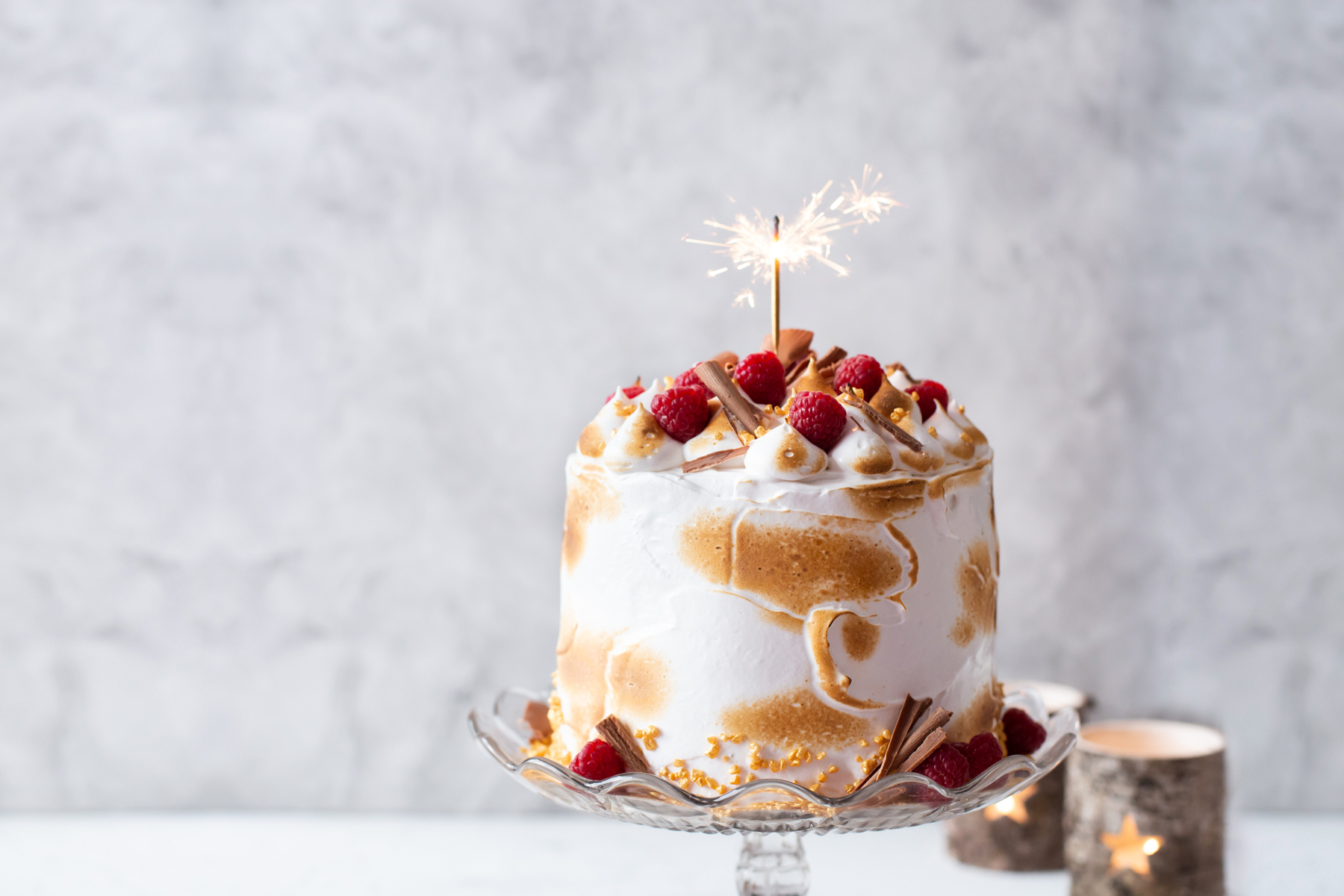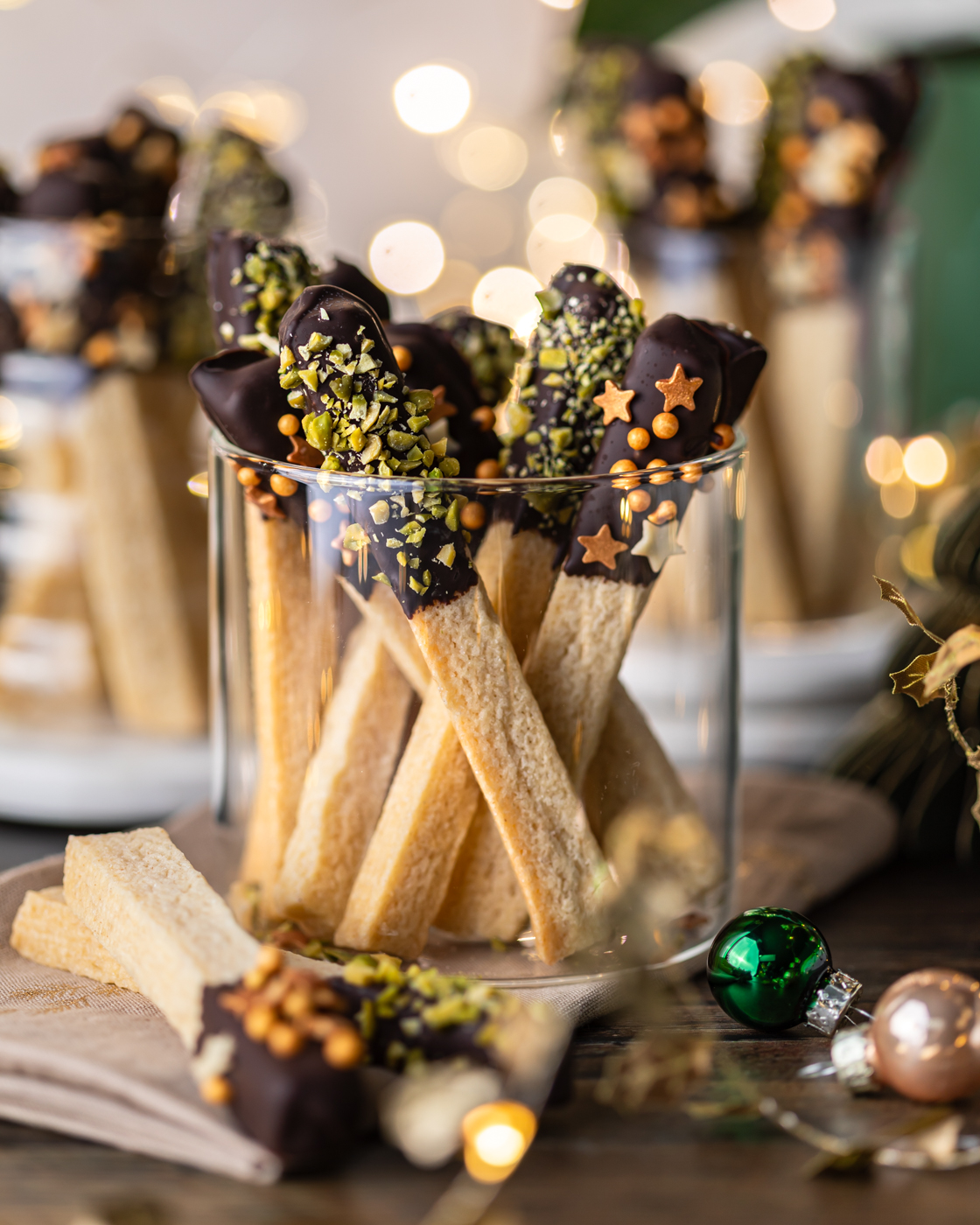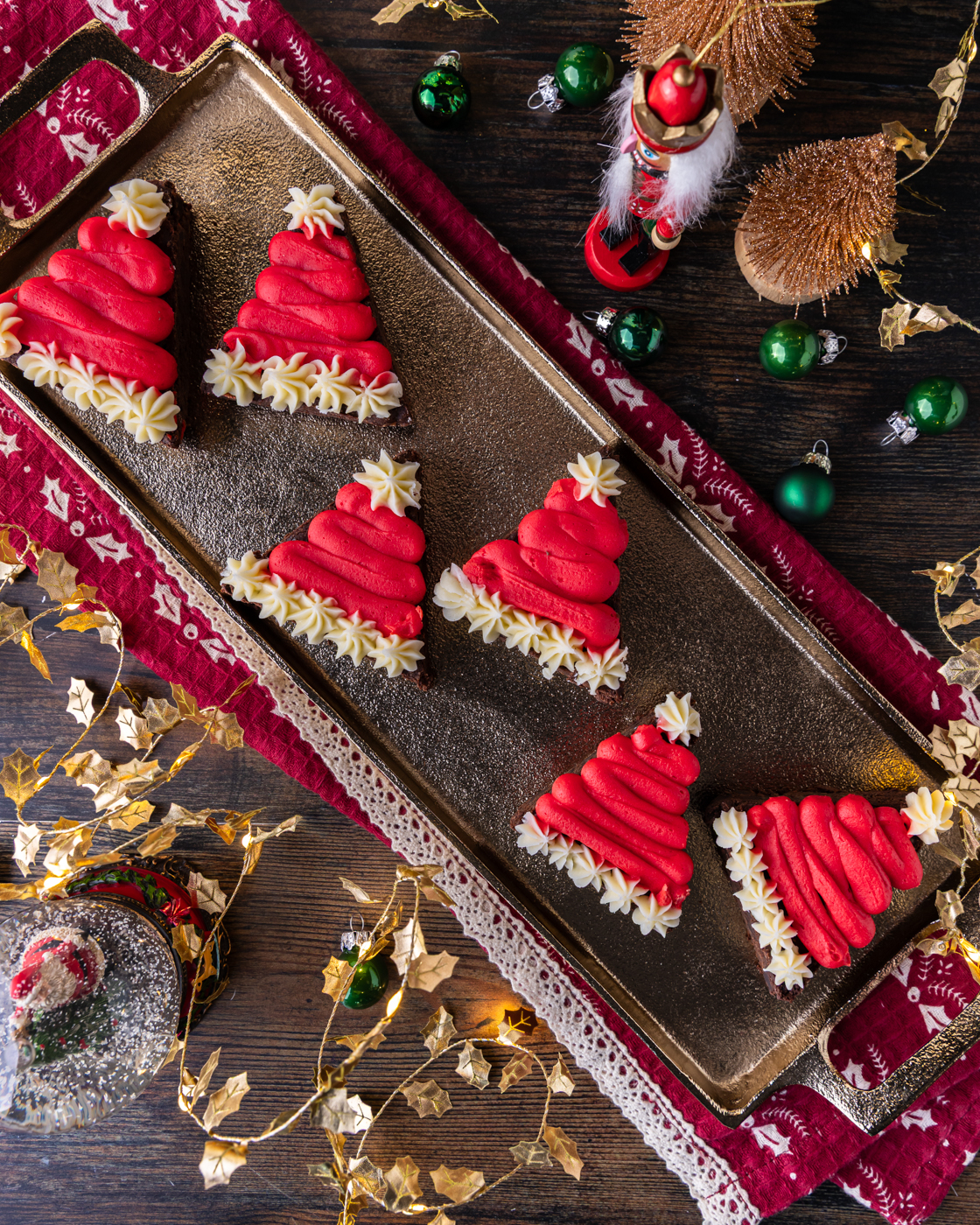
A Yeast Bread Masterclass With Patrick Ryan
Mon Mar 30 2020

In this bread masterclass with Patrick Ryan (Firehouse Bakery), he will showcase how to make a focaccia, bread rolls and a simple white loaf all using a simple white dough.
Subscribe to our YouTube channel to watch all of our recipe videos.
This is your everyday loaf, the one for the kids’ sandwiches and smothering with butter and jam. While producing a great white loaf it is also a fantastic all purpose dough.
For a focaccia, flatten it out using the tips of your fingers till it is about 2 cm in thickness with the characteristic dimples you would expect. Cover generously in olive oil and the toppings of your choice. Prove for 40 minutes. Give a final drizzle of olive oil and bake at 230c for 15 minutes and you will have yourself a great focaccia.
Or better yet a 200g portion of dough rolled thin produces a fantastic 12”inch pizza base. Get yourself a pizza stone or improvise with an up turned roasting tray. Preheat the oven to its highest setting and cook the pizza direct on the stone/roasting tray.
And if you find yourself with a bit of surplus dough don’t let it go to waste. Roll the dough as thin as possible. Cut it into shards and arrange on a floured baking tray. Bake at 160c for about 10 minutes or until crisp and you will have an array of crackers better than anything shop bought. Or if you fancy making your own burger buns simply portion the dough to 100g, Roll each piece of dough round and top with seeds. After 45 minutes of proving the buns will be ready to bake at 230c for 15 minutes.
This dough really is the all rounder.

Makes 2 small (400g) loaves or 12 small dinner rolls
- 500g strong white flour
- 1 heaped teaspoon of salt
- 10g fresh yeast (5g of dried yeast)
- 300ml water
- 50ml olive oil or rapeseed oil
- 2 x 400g (1lb) loaf tins
- Mix the flour and salt in a bowl and make a well in the centre. Crumble the yeast into the water so that it dissolves. Add the water and olive oil to the well.
- Don’t worry too much about the temperature of water. Water straight from your cold tap is fine. The only thing to avoid is having your water too hot as that will kill the yeast. All that will happen if your water is cold is that bread will take longer to prove, which isn’t a bad thing. The longer bread proves the more flavour that gets to develop. Think of your yeast like a baby you’re giving a bottle to: you want the water just nice and tepid.
- Bring the dough together with your hands or with a spatula. Turn the dough out onto a clean work surface. Knead the dough for 10 seconds. Return the dough to the mixing bowl and leave to one side for approximately 10 minutes.
- As the dough rests the gluten within the dough continues to develop. It also creates time when you can continue with your daily life.
- When kneading, do not worry if the dough is slightly wet or sticky. Resist the temptation to add any extra flour.
- After 10 minutes return to the dough. Turn the dough out onto the work surface and knead for another 10 seconds, then return the dough to the mixing bowl and allow the dough to rest for a further 10 minutes.
- The dough will need to be kneaded one more time. After the third time of kneading for 10 seconds the dough should be smooth, soft and elastic.
- Place the dough in an oiled bowl, cover with a damp tea towel or wrap in cling film and leave to prove for 60 to 90 minutes, until doubled in size.
- Turn the proved dough out and knock it back. Divide the dough into two equal portions, then shape it into two loaves and place into two 1lb loaf tins. (Or if you prefer a large family loaf just use one 2lb loaf tin.) Cover and allow to prove again for about 50-60 minutes. Your loaf should come to just below the rim of your loaf tin.
- Preheat the oven to 230°C/210°C fan assisted (445°F/gas mark 8). Place a roasting tray into the base of the oven.
- When ready to bake, place the loaves into the oven and pour in water from a boiling kettle into the hot roasting tray which should release a blast of steam. Bake the loaves for about 35- 40 minutes. Remove from the tins and cook for a further 8 minutes just to firm up the sides. Resist the temptation to get stuck in until the loaf cools. Enjoy.
For a focaccia, flatten out dough onto a large baking tray using the tips of your fingers till it is about 2cm in thickness with the characteristic dimples you would expect. Cover generously in olive oil and the toppings of your choice. Prove for 40 minutes. Give a final drizzle of olive oil and bake at 230°C/210°C fan assisted (445°F/gas mark 8) for 15 minutes
For pizza, a 200g portion of dough rolled thin produces a fantastic 12inch pizza base. Get yourself a pizza stone or improvise with an up turned roasting tray. Preheat the oven to its highest setting and cook the pizza direct on the stone/roasting tray.
And if you find yourself with a bit of surplus dough don’t let it go to waste. Roll the dough as thin as possible. Cut it into shards and arrange on a floured baking tray. Bake at 160°C / 140°C (320°F/gas mark 3) fan assisted for about 10 minutes or until crisp and you will have an array of crackers better than anything shop-bought.
Or if you fancy making your own burger buns, simply portion the dough to 100g balls. Roll each piece of dough round and top with seeds. After 45 minutes of proving the buns will be ready to bake at 230°C/210°C fan assisted (445°F/gas mark 8) for 15 minutes.

Patrick Ryan is the face behind the Firehouse Bakery. Having swapped laws books for chef knives Patrick now spends his days returning bread to its rightful place as King of the table. Having worked throughout Ireland, Australia and the UK Patrick returned home to set up the Firehouse Bakery. Despite the ongoing recession at the time Patrick choose to stage his bread revolution with the opening of his bread school on Heir island off the coast of West Cork.
His message was simple “bread is king” He wanted everyone to have good bread, all the time. And not just good bread, but bread that is good for you, bread that does you and your body good and he will even show you how to make your own.5 years on from what began on an island of 27 people the Firehouse Bakery has grown from strength to strength. Patrick operates an award winning bakery and cafe in Delgany Wicklow where you will find an open plan bakery, a bustling cafe and wood fired oven, His bread can be found in cafe and restaurants throughout Dublin and the bread school on Heir island appears to be always fully booked. Patrick is a founding member of realbread Ireland and is also a Failte Ireland Food Champion and with plans for new and exciting projects Patrick’s bread revolution is only getting started.





